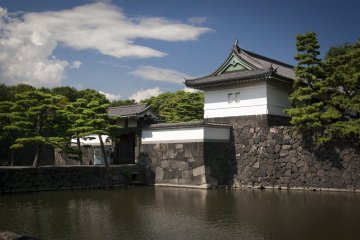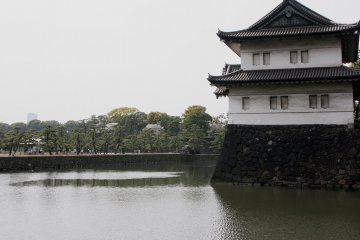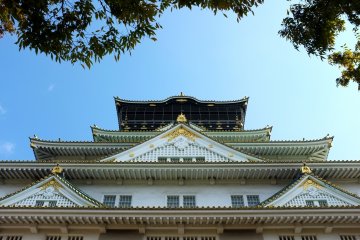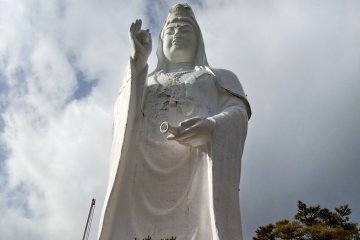Overview
Among the many levels of official government support within Japan, the national Special Historic Site category includes numerous possible criteria paving the way towards recognition. One of these refers to fortified town and castle ruins and it is with this in mind that Tokyo's lone representative finds its way onto the national Special Historic Site listing. Here is a simple guide to where in Tokyo the nationally designated Special Historic Site can be found.
Remains of Edo Castle
Once recognised as a National Historic Site, the Remains of Edo Castle were upgraded a few years later in 1963 to National Special Historic Site status. Playing a pivotal role within the history of Tokyo, to say nothing of the Japanese nation, Edo Castle was completed in 1636 during the reign of the third Edo Period shogun, Tokugawa Iemitsu. To this day, it remains one of the most popular places to visit within the city.
The castle experienced some challenging times. Fire destroyed a good portion of it in the late 19th century, while the bombings of World War II finished off much of what was left. The castle also saw the overthrow of the Tokugawa shogunate in 1868 and would eventually become the official residence of the Emperor. Built over the site of the original Edo Castle, this residence is now known as the Imperial Palace.
What remains of Edo Castle now stand as a tantalising reminder of feudal Japan's greatest symbol of political power and authority. The ground's East Garden, accessible to visitors, features the foundations of what was once the tallest castle tower in Japan while the moat walls, entrance gates and guardhouses also add to the impressive power and reach of the Tokugawa Shogunate.
Location: 1-1 Chiyoda, Chiyoda-ku, Tokyo 〒 100-8111 (nearest station: Otemachi Station, Chiyoda Line)




























